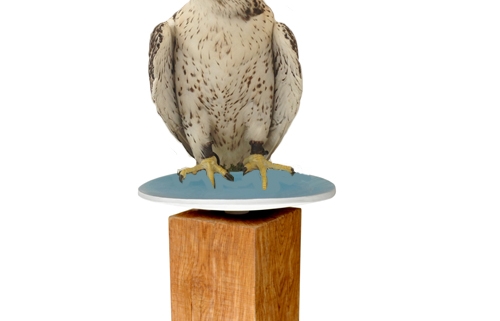beat the heat
Driving through Andalusia’s spectacular landscape last week, belatrova’s workshop and its kilns came to mind. It was a heat so fierce that, when getting out of the air-conditioned car, it felt you were being hit by a freight train. However, previous visits show that it is possible to adapt and deal with the problem by drinking large amounts of cold water and beer, slowing the pace down, and not doing much between 3pm and 7pm.

belatrovians will have noticed that our blogs are often about Spain; we keep going back and discovering new places unvisited before, and it is a big country. This time the trip concentrated on Sevilla and Cadiz, with a lot of places in between. And it was hot – 41 ° centrigrade is fine for lizards (of which there were many) but it is a challenge to pale pink people from Albion, specially in the decision-making department.

It turns out that when the temperature is unusually hot (or cold) we use energy in the form of glucose to maintain a steady temperature in our body, so our internal thermostat allows us to shiver and sweat, correcting for excessive heat or cold. Keeping the body cool seems to require more energy than warming it up and so uses up the resource that would otherwise be used for mental processes.
In other words, we are less likely to make good or complex decisions if we are struggling in the heat. In fact we are likely to just take the easy option that requires no effort. Thus, why climb a hill to visit the village church and admire its ornate Baroque carvings when you are standing right next to a cool and shady terraced bar serving cold Cruzcampo, and why bother putting factor 10 sun block cream on after a swim on the beach at Cadiz when you know you are going back into the water in ten minutes. Result: beery headaches and sun burnt shoulders.

Sevilla is a beautiful city on the banks of the Guadalquivir River. Its pace is stately and entirely in keeping with the weather, its narrow streets dark and inviting, its monumental Gothic cathedral balanced by the sheer grace of the Giralda tower, its Maria Luisa Park a Moorish paradisical garden laid out for the Exhibition of 1929. But the highlight was the Alcazar built primarily in the 1300s – a wonderful Mudejar (post Moorish) palace that is a subtle intricacy of ceramic and wood. And belatrova really likes ceramic and wood, as you know from our Granada trip.




The next stop was in the Grazalema range of hills and mountains to the south of Sevilla. In the Alcornocales area (it is a type of cork tree) the view was dramatic, the water from the lake down below changing colour from morning to night and the blue sky above visited by griffon vultures and Bonelli’s eagles for whom even a belatrova birdbath would be too small.

The wildlife seen included deer, woodpeckers, giant crickets, cobalt blue centipedes, scream-inducing hornets, gekkos, large moths and other unidentified creatures only briefly sighted as they scurried from under your bed or out of your shoes. Here are some pictures we took.




We visited towns perched on hills and ravines (Arcos de la Frontera) or cradled in hot valleys (Ubrique) or with its own cooler microclimate where the rare Pinsapo pine tree thrives (Grazalema). We dropped in on Jerez de la Frontera and drank manzanilla from Sanlucar (the less well-known sherry rival). The founding Moors named the town Xeres, by the way, and so we inherited the pronunciation of “sherry” from them.

And finally Cadiz, the oldest continuously inhabited city in western Europe, founded by the Phoenicians, who called it Gadir, and birthplace of notables such as the composer Manuel de Falla, the guitarist Paco de Lucia and the poet Rafael Alberti.

We coincided with the celebrations of the Virgen del Rosario, whose effigy stopped a tsunami from the Lisbon earthquake causing any destruction of that part of the city. Her very heavy statue and float are carried by twenty men along the streets of the neighbourhood for three hours before she is taken back to the church of Santo Domingo. Here is a short video of the procession. Click here to see it.
It was belatrova’s first visit to Cadiz, and we cannot recommend it too highly. If ever you go there get in touch and we will tell you where to have the best breakfast in Andalusia.
So, it is back to the heat of the kiln at No 9. We are making ceramics and tables to show visitors during hArt Open Studios from 12 – 20 September – put it in your diary, though we will send a reminder. 



